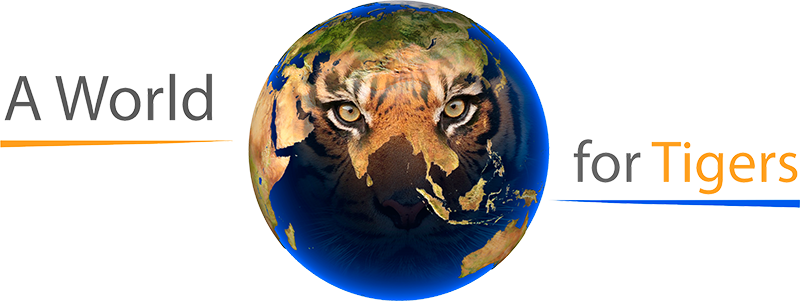The tiger (Panthera tigris) once populated large parts of Asia. Although there were still about 100,000 specimens of these majestic Big Cats even last century, today there are only about 5,600 roaming wild (estimates from the Global Tiger Forum in July 2023).
The primary causes for this dramatic decline in the tiger population are found in the loss of these animals’ natural habitat, the reduction of the numbers of their prey, poaching and illegal trade in tiger products as well as in conflicts between humans and tigers, that often lead to the killing of tigers. To provide for the survival of tigers, we must act now.
For more than forty years, the WWF (World Wide Fund for Nature) has committed itself to the preservation of tigers by implementing local projects in ten of the thirteen tiger expansion countries. WWF projects are focused on twelve primary tiger habitats from Russia to Indonesia and from India to China and seek primarily to secure reserves for tigers and to connect these reserves with one another in large networks.
The foundation "A World for Tigers" came to action in October 2012, working with the WWF and focused on protecting tigers in Thailand and Myanmar. The Indochinese tiger is one of the six surviving subspecies of tiger and lives primarily in impassable mountain forests in the border areas between Thailand, Myanmar, South China, Cambodia, Laos and Vietnam. With only 196 surviving animals (status as of 2016), the IUCN (International Union for Conservation of Nature) categorizes this tiger as “critically endangered.” If we do not take action now, the Indochinese tiger – as did the now extinct Bali tiger, Java tiger and Caspian tiger – will disappear from Earth forever.
Help us give the Indochinese tiger in Thailand and Myanmar the chance for a future!

Your donation is tax deductible!
The "A World for Tigers" foundation is officially recognized as a non-profit organization dedicated to nature preservation and environmental protection.
